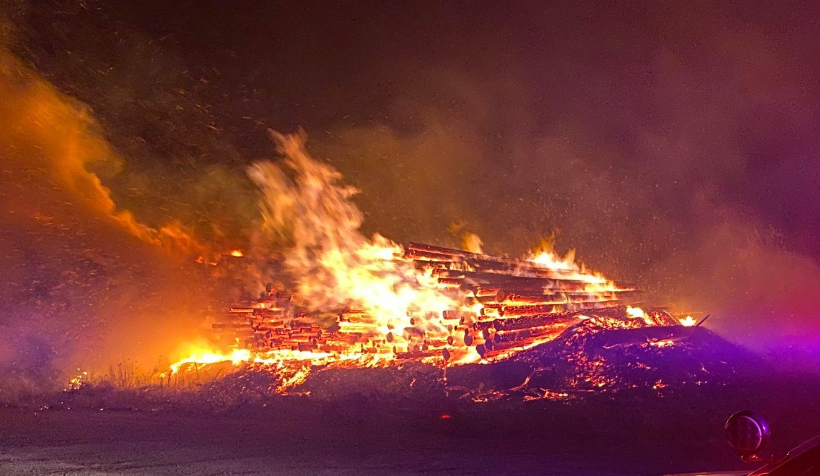 The Biden Administration has announced that it wants Congress to budget an extra $50 billion for fighting wildfires which threaten suburbs built directly adjacent to forests, and reforming forested lands so that they are less subject to fire. This money will be spent over ten years with $20 billion on national forests and $30 billion on other federal land, as well as forested land which is in state, Tribal, and private hands.
The Biden Administration has announced that it wants Congress to budget an extra $50 billion for fighting wildfires which threaten suburbs built directly adjacent to forests, and reforming forested lands so that they are less subject to fire. This money will be spent over ten years with $20 billion on national forests and $30 billion on other federal land, as well as forested land which is in state, Tribal, and private hands.
Wildfire which threatens human habitation is a much more serious issue in recent years, because in addition to climate change making our wildlands hotter and drier, thus making wildfires more frequent and hotter, human habitat has encroached on wildlands more closely.
Where in the past towns would be surrounded by belts of farmland and pasture, more often towns are built directly against forests and scrubland, and houses are built in widely-separated lots amidst forested land where they previously would have been built closer together on land cleared of trees. This is a result partly of changing land use practices as farmers can easily transport their produce long distances to markets and processing plants, and partly a result of human attitudes toward wildlands changing.
Some humans used to think of wildlands as dangerous and threatening places, to be avoided whenever possible. When they had to cross from one inhabited place to another, forests were to be passed through quickly for fear of encountering “hostile strangers” or “vicious animals.” As recently as the 18th Century, the Alpine trails of Switzerland were considered a sort of “Bermuda Triangle” where people crossing were warned to watch out for encounters with cannibals, witches, and at least a small species of dragon.
Given that our relationship with the natural world is changing so rapidly, and given that we are changing it even more rapidly, it’s not too surprising that learning to live comfortably with forested land is going to involve some difficulty, as well as some extra expense.
U.S. Secretary of Agriculture Tom Vilsack is confident that the money will help to prevent more costly fires, destruction of human habitation, and loss of life in future years – pointing to the 2021 Bootleg Fire, where previously thinned areas suffered much less damage than areas which had not been thinned.
“We know this works,” Vilsack told Associated Press. “It’s removing some of the timber, in a very scientific and thoughtful way, so that at the end of the day fires don’t continue to hop from tree top to tree top, but eventually come to ground where we can put them out.”
By John M. Burt
Do you have a story for The Advocate? Email editor@corvallisadvocate.com


